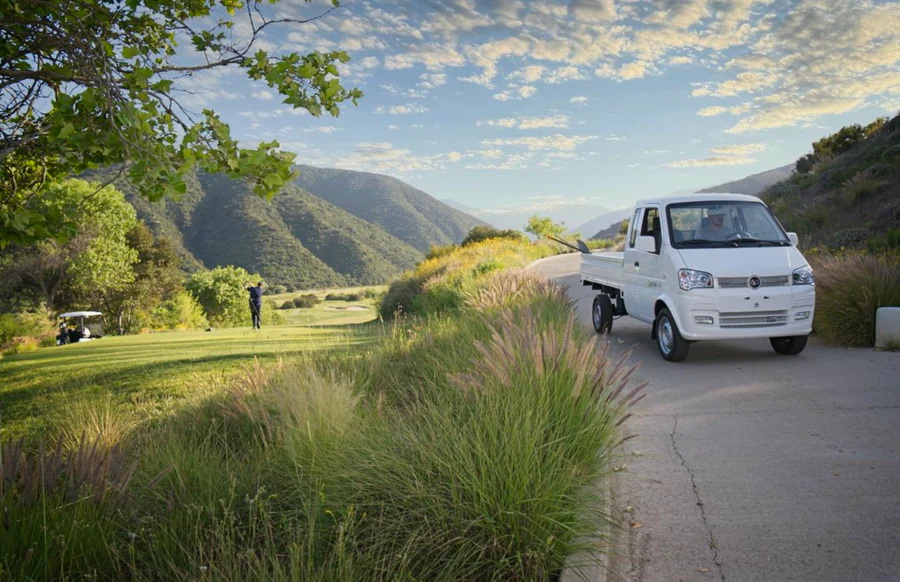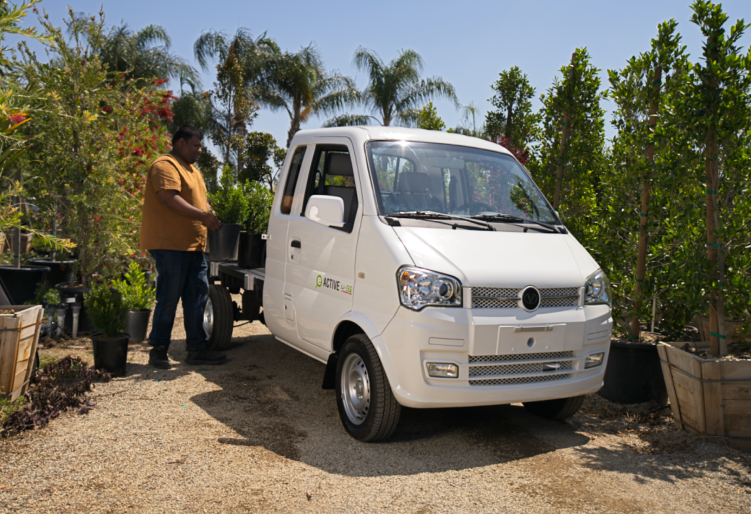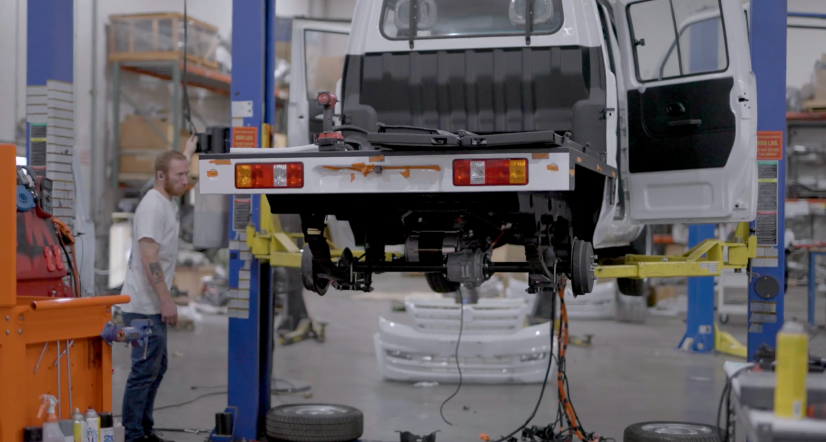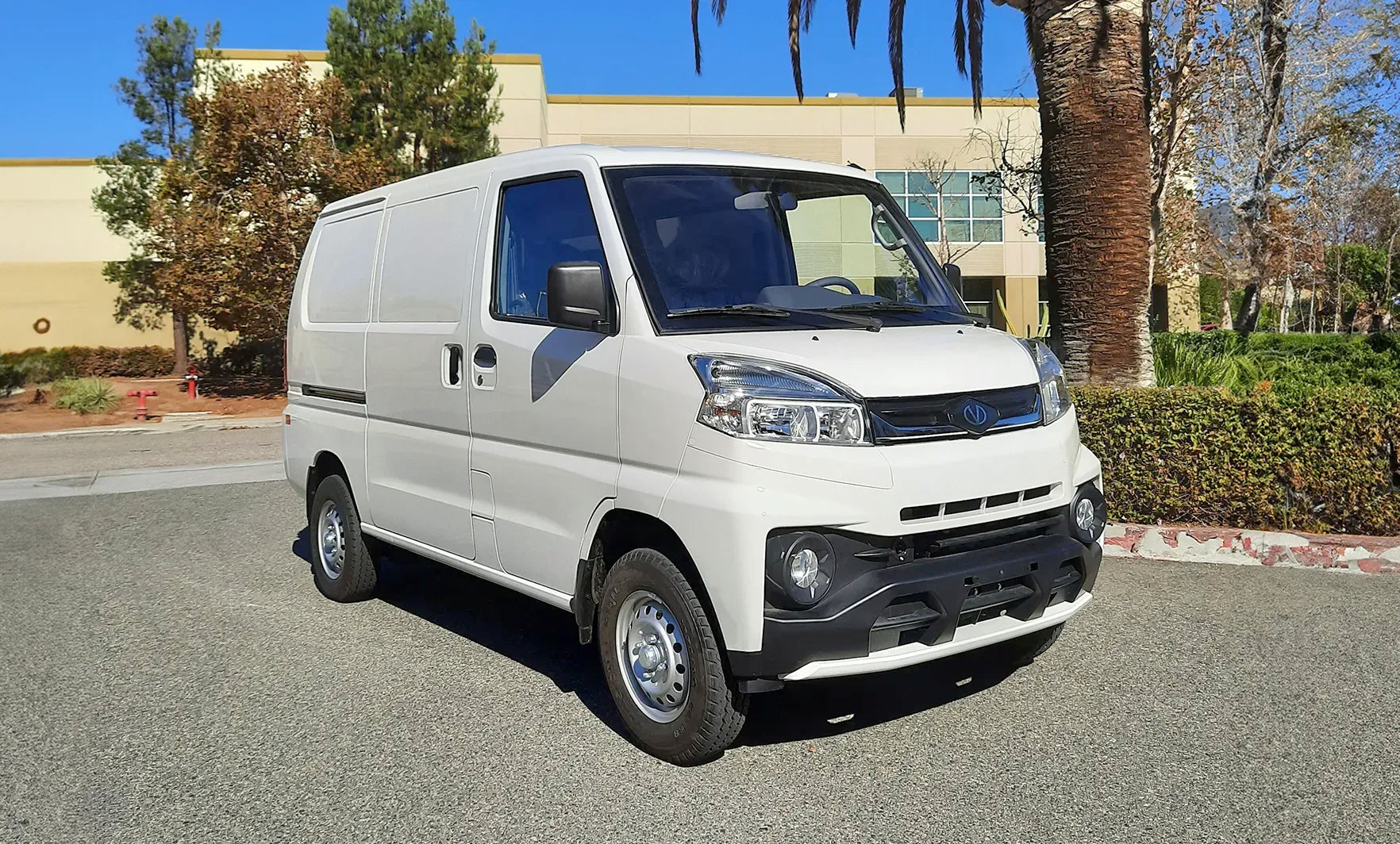Comparing LSVs and Golf Carts: Performance, Features, and Safety

When choosing a compact vehicle for recreational or workplace purposes, many people find themselves weighing the differences between two similar options: golf carts and low-speed vehicles (LSVs). At first glance, these vehicles may seem interchangeable, but in fact they serve distinct purposes and have important differences in safety, legal status, and performance.
Let’s take a closer look at the differences between these two types of vehicles.
Low-Speed Vehicle vs. Golf Cart: Key Differences
Consider these key differences when comparing low-speed vehicles and golf carts:
Legal Classification & Registration
One of the most significant differences between golf carts and LSVs is their legal classification. LSVs are classified as motor vehicles under federal law, meaning they must be registered, insured, and assigned a Vehicle Identification Number (VIN)—just like standard cars. They also require a license plate and can legally operate on public roads with speed limits of up to 35 mph.
In contrast, golf carts are not recognized as road vehicles at the federal level. They generally do not require a VIN, title, or registration, though some states have their own laws and regulations in this regard.
Performance & Speed
LSVs are designed to operate at a maximum speed of 25 mph, making them suitable for short-distance commuting in neighborhoods, resorts, and commercial properties. In addition, LSVs are generally street-legal, meaning they can be driven on public roads, provided they meet all necessary safety requirements.
In contrast, golf carts are primarily designed for off-road use and typically have a maximum speed of 15-25 mph, depending on modifications and battery type. While many states allow golf carts on certain public roads, their usage is much more restricted than LSVs. Most golf carts remain limited to golf courses, private communities, and commercial properties rather than public roadways.
Safety Features
Safety is one of the most critical factors in a golf cart vs. LSV comparison. Because LSVs are classified as motor vehicles, they are required to have specific safety features that make them suitable for public road use. These include:
- DOT-approved windshield and wipers (depending on state laws)
- Seat belts for every passenger
- Headlights, taillights, and brake lights
- Turn signals for improved visibility
- Rearview and side-view mirrors
- A horn, speedometer, and odometer

These mandatory safety features ensure that LSVs meet minimum road safety standards, which makes them a safer alternative to golf carts for urban and commercial transportation.
On the other hand, golf carts lack most of these features. They are not legally required to have windshields, mirrors, seat belts, or lighting systems, making them far less secure for road use. While some golf carts are modified to include basic safety components, they still fall short of the best low-speed vehicles in terms of crash protection and driver visibility.
Due to increasing golf cart-related accidents, some states are considering new regulations to mandate seat belts and other safety features. However, LSVs already comply with federal safety standards, so they’re clearly the better choice for those needing a low-speed vehicle that can safely operate on the road.
Environmental Impact
Many businesses and communities opt for an electric vehicle to reduce their carbon footprint and operating costs. LSVs are especially beneficial in this regard, as they are designed to function as street-legal, sustainable alternatives to gas-powered utility vehicles.
While both types of vehicles come in electric and gas-powered models, golf carts are, as previously noted, used mostly in off-road environments. LSVs, on the other hand, are engineered for more extensive applications, offering a balance between environmental sustainability and road efficiency.
If sustainability is important, a low-speed electric vehicle is the best choice for those looking to comply with “green” initiatives while maintaining road-legal status.
Why LSVs Are the Better Choice
When comparing LSVs and golf carts, it’s clear that low-speed vehicles offer greater safety and versatility. Their street-legal classification allows them to be used in a wider range of settings, from residential communities to commercial properties and industrial facilities. With superior safety features and compliance with federal motor vehicle regulations, LSVs provide a more secure transportation option than golf carts.
For businesses and municipalities, LSVs also offer better long-term value. They are equipped for road use, designed for durability, and can be customized for various applications, including facility management, security, guest transportation, and maintenance operations. Golf carts, while suitable for golf courses and private properties, simply do not provide the level of legal compliance, security, or versatility that LSVs offer.
Why Choose Vantage Vehicle LSVs?

At Vantage Vehicle, we specialize in designing the best low-speed vehicles for both commercial and personal use. Our LSVs, available in gas and electric models, are built to meet federal safety requirements, ensuring that they are efficient and safe for public roadways (up to 25 mph).
Unlike golf carts, our low-speed vehicles come with essential safety features, such as seat belts, headlights, turn signals, and DOT-approved windshields, making them a superior option for businesses and municipalities. Whether you need a campus transportation solution, a facility maintenance vehicle, or a reliable electric vehicle for your property, our LSVs deliver top-tier performance and versatility.





